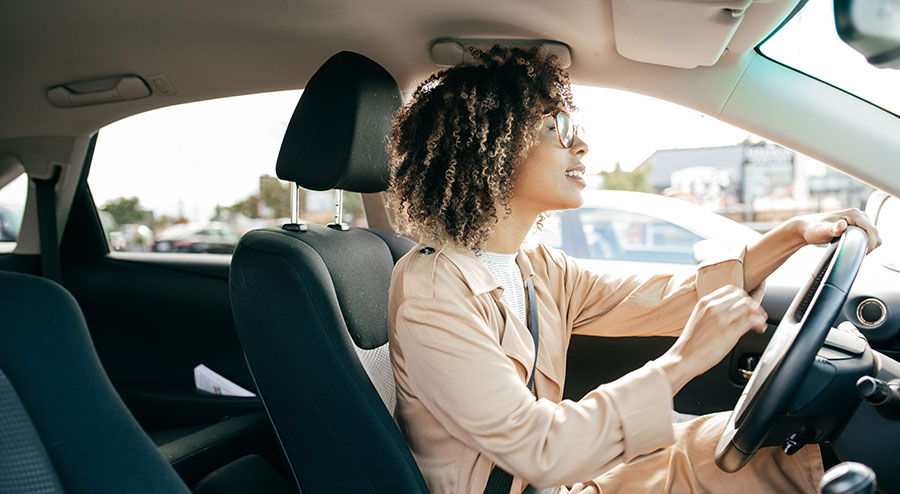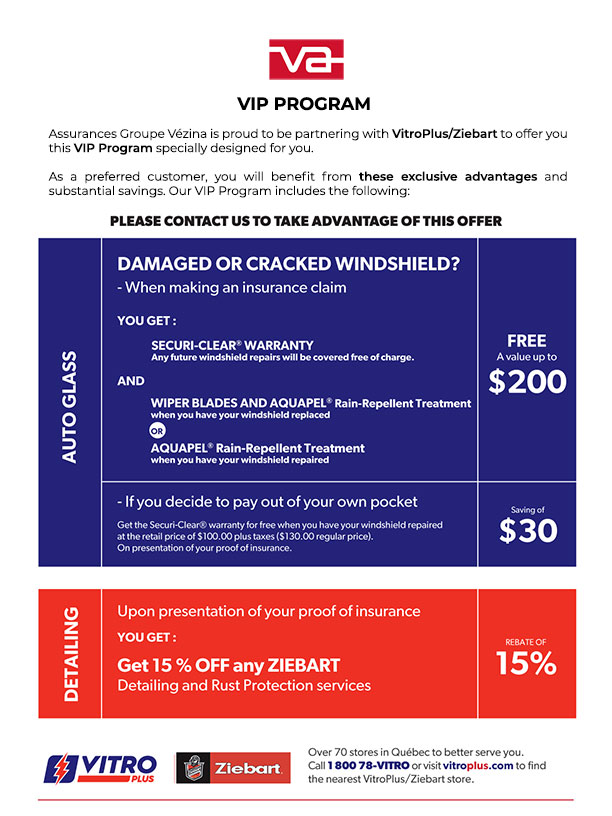Not focusing your full attention on the road when driving can have tragic consequences. Don’t let anything distract your attention from the road. Driving demands concentration.
There are three main sources of distraction: visual (eyes elsewhere than on the road), manual (hands elsewhere than on the steering wheel) and cognitive (thinking about something other than driving your vehicle)*.
Several awareness campaigns have been conducted in recent years aimed at preventing cellphone use while driving. However, many other distractions exist besides cellphones that can cause a lot of harm. And even though they aren’t illegal, we shouldn’t minimize the role of more common distractions when driving, such as checking your GPS, drinking or eating, putting on makeup, giving instructions to children, trying to restrain a pet or adjusting the radio. These are all risks when it comes to paying attention to the road.
Regardless of the source of distraction, it’s better for you and the others on the road to refrain from taking any chances.
Reduce the distractions
Here are a few tips for minimizing distractions when driving:
- Don’t take calls or answer texts. Put your phone in “airplane” mode or turn off the ringer and notifications.
- Plan your trip beforehand so you don’t have to figure out how to get there while driving.
- Leave enough time to get where you’re going without feeling rushed.
- Don’t turn the music up so loud that you can’t hear other cars’ tires squealing, horns or sirens.
- Secure objects you are transporting in the car so they can’t fall or fly around the passenger compartment.
- Prepare your children before leaving. If it will be a long trip for them, tell them what to expect. Organize your vehicle: make sure they are comfortable, bring snacks and things for them to do, and stop for breaks.
- Brush your hair or put on your makeup before leaving… or when you get there!
What about insurance?
During a moment of inattention, you don’t brake in time and hit the vehicle in front of you. Even if your policy covers the damage with “Collision” or “All-perils” coverage (Chapter B), you will be held responsible for the accident.
Source: Infoassurance.ca



